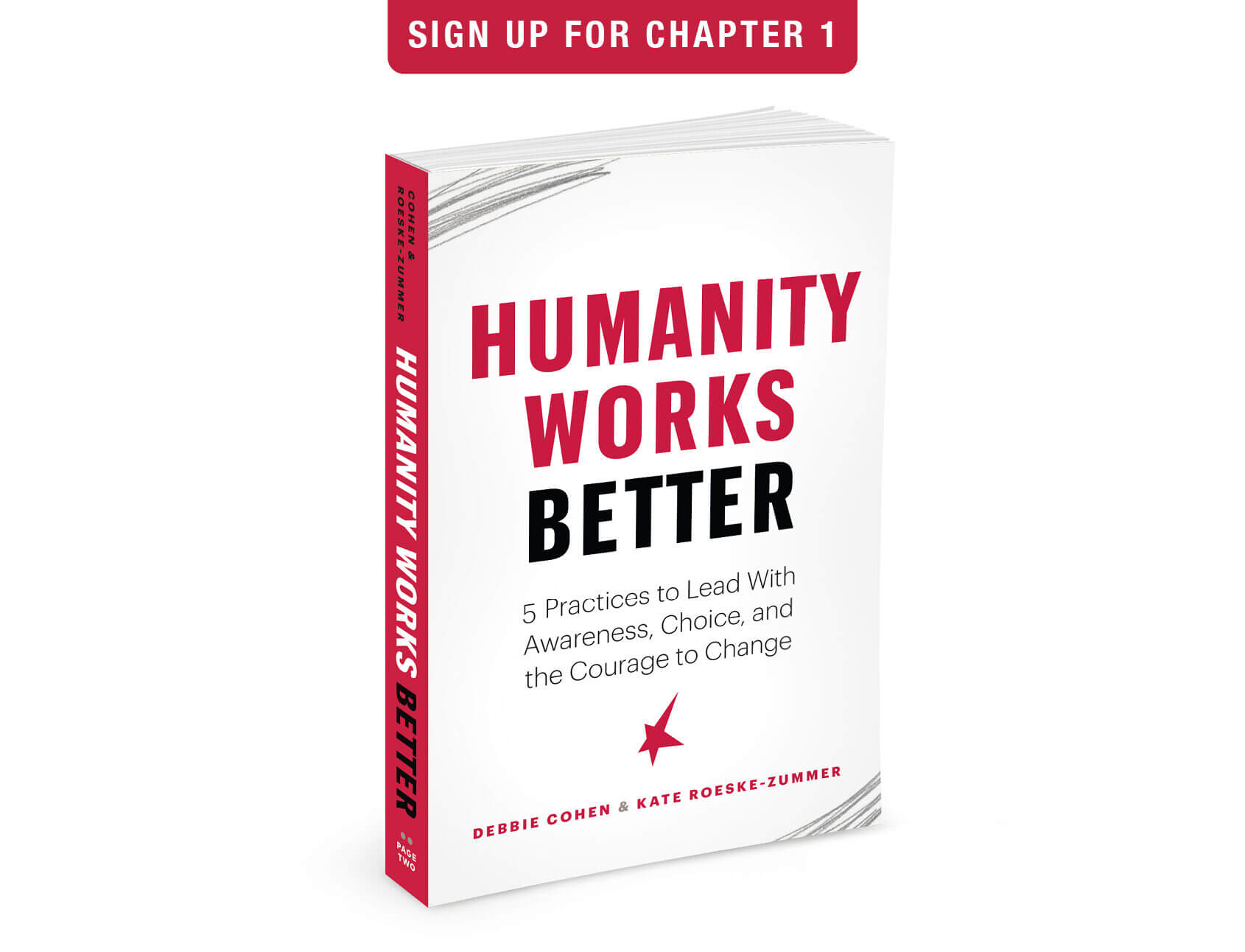
Your organization is one crisis away from chaos.
In a world marked by constant change, the ability to adapt and bounce back isn’t just a personal virtue—it’s a business imperative. Resilience, both in individuals and organizations, ensures survival and sets the stage for growth, even in the face of adversity. Let’s explore the compelling cases for resilience, the warning signs of its absence, and practical steps to foster it.
The Business Case for Resilience: Modern businesses face volatile markets, evolving customer demands, and unexpected disruptions (just to name a few!). Research shows that organizations with higher resilience recover 40% faster from economic downturns compared to their competitors.
Resilience equips companies to:
- Adapt to Change: Organizations with resilient systems pivot quickly to seize opportunities or mitigate risks.
- Sustain Operations: According to McKinsey, businesses with robust resilience strategies were 30% more likely to sustain operations during the COVID-19 pandemic.
- Enhance Reputation: Resilient companies earn trust by navigating challenges with transparency and agility.
- Drive Innovation: Teams that recover quickly can refocus on innovation, maintaining a competitive edge.
The Human Case for Resilience for employees, fosters:
- Mental Well-being: Studies by the American Psychological Association highlight that resilient individuals experience 60% lower levels of stress and burnout.
- Productivity: A resilient mindset encourages problem-solving and proactive work, leading to 23% higher productivity according to Gallup.
- Collaboration: Strengthened interpersonal relationships as teams overcome challenges together.
Organizations that prioritize human resilience create cultures where individuals feel valued, supported, and motivated to contribute their best. Research also indicates that employees in resilient environments are 50% more likely to remain loyal to their organizations.
Symptoms of a Lack of Resilience. When resilience is absent, warning signs emerge, such as:
- High Turnover Rates: Employees feel unsupported and leave for more stable environments.
- Increased Burnout: Stress from unmanaged challenges leads to exhaustion and disengagement.
- Operational Fragility: Inability to recover from disruptions, causing financial and reputational damage.
- Resistance to Change: Teams struggle to embrace new initiatives or innovations.
Building Resilience in Your Organization Resilience isn’t innate—it’s a skill that can be cultivated. Here’s how:
- Invest in Training: Equip leaders and employees with skills in adaptability, emotional intelligence, and stress management.
- Foster a Supportive Culture: Promote open communication, celebrate small wins, and prioritize work-life balance.
- Strengthen Systems: Implement robust contingency plans and technology solutions to handle disruptions.
- Encourage Continuous Learning: Create an environment where failures are learning opportunities, not setbacks.
Resilience is no longer a luxury—it’s a necessity for thriving in today’s complex landscape. By prioritizing resilience, your organization can not only withstand challenges but emerge stronger and more prepared for the future.
Want to learn more about fostering resilience in your organization? Reach out to us: [email protected] or [email protected]
Stay abreast with insights on leadership, innovation, and culture. We will be publishing articles and videos on Resilience via Linkedin.
Humanity works because of you!
Kate and Debbie

